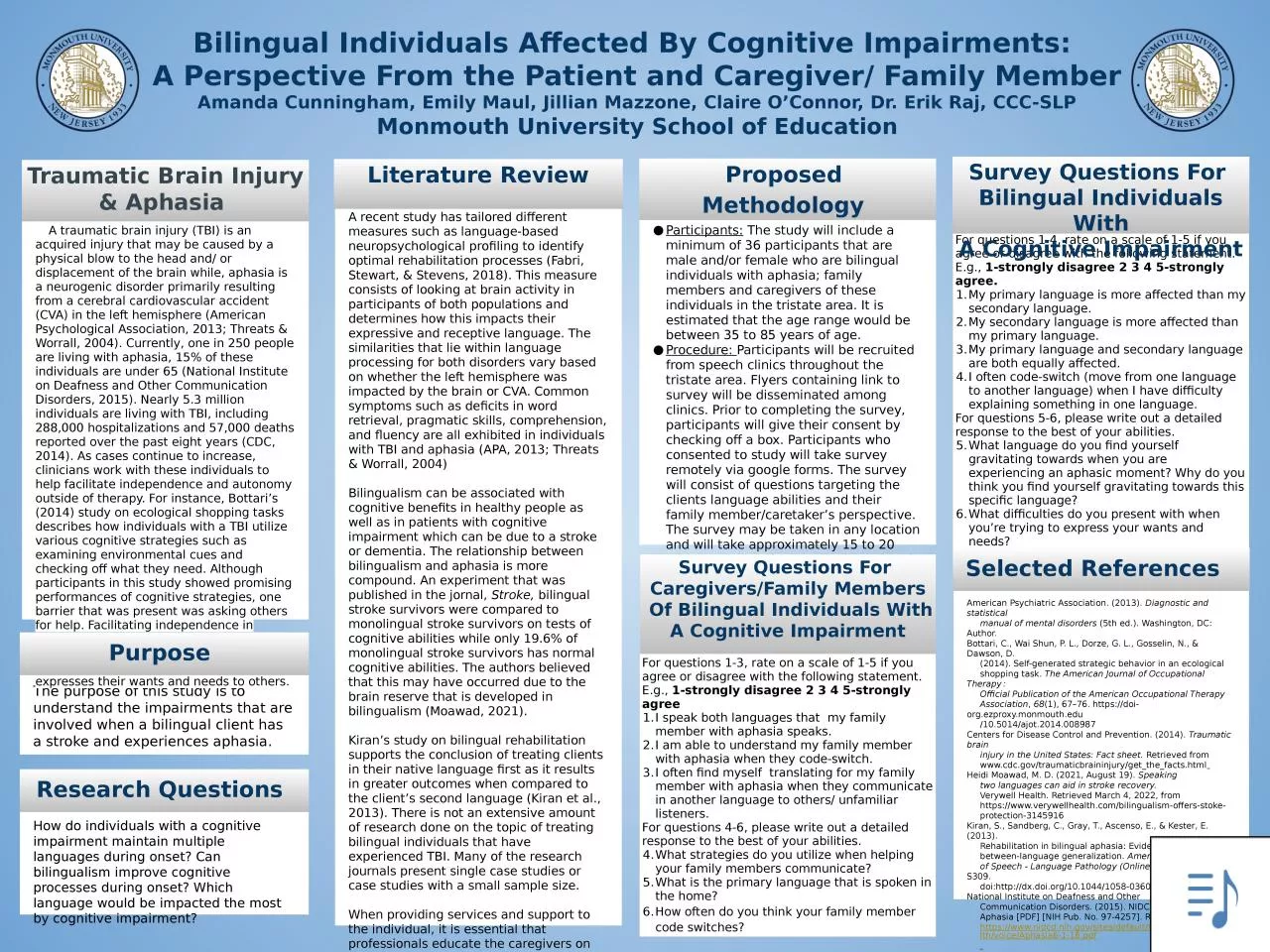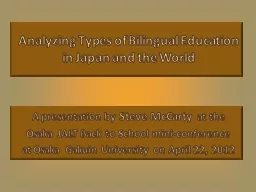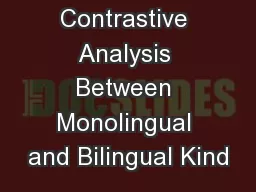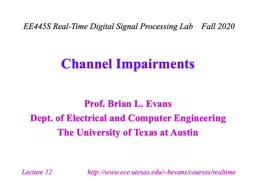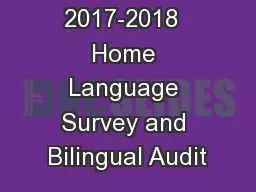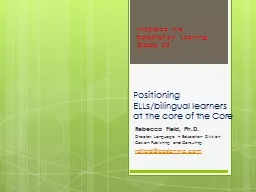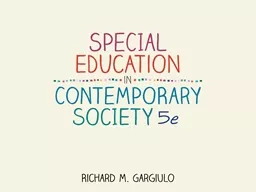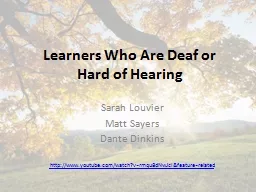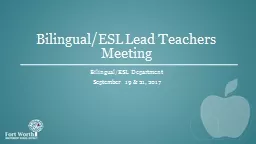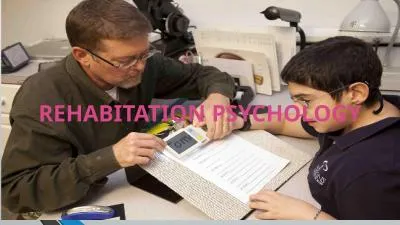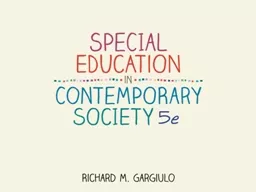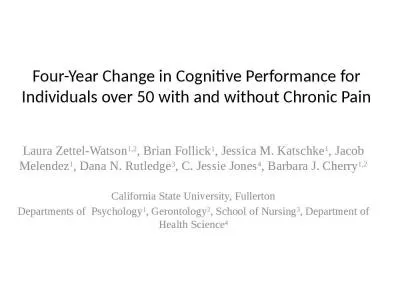PPT-Bilingual Individuals Affected By Cognitive Impairments:
Author : roxanne | Published Date : 2023-07-22
A Perspective From the Patient and Caregiver Family Member Amanda Cunningham Emily Maul Jillian Mazzone Claire OConnor Dr Erik Raj CCCSLP Monmouth Universit y School
Presentation Embed Code
Download Presentation
Download Presentation The PPT/PDF document "Bilingual Individuals Affected By Cognit..." is the property of its rightful owner. Permission is granted to download and print the materials on this website for personal, non-commercial use only, and to display it on your personal computer provided you do not modify the materials and that you retain all copyright notices contained in the materials. By downloading content from our website, you accept the terms of this agreement.
Bilingual Individuals Affected By Cognitive Impairments:: Transcript
Download Rules Of Document
"Bilingual Individuals Affected By Cognitive Impairments:"The content belongs to its owner. You may download and print it for personal use, without modification, and keep all copyright notices. By downloading, you agree to these terms.
Related Documents

